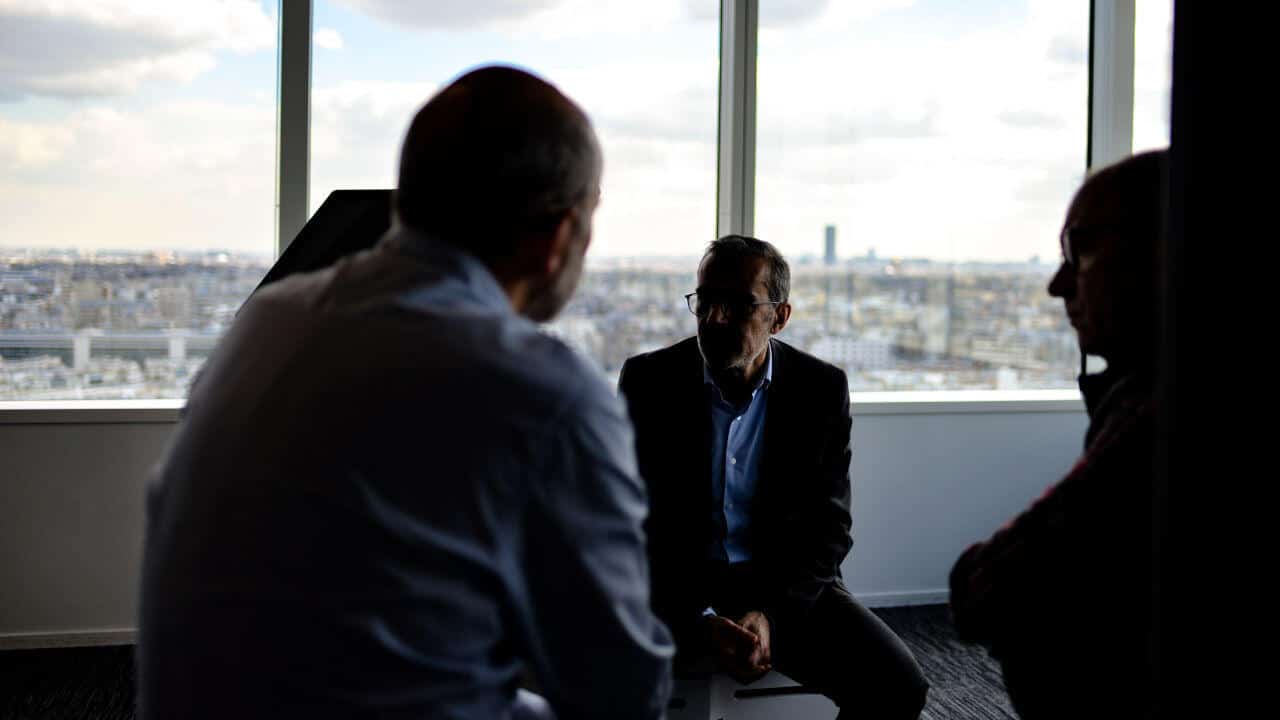Alternative dispute resolution is an effective way of settling a dispute. It is accepted as much as a court settlement. The idea of alternative dispute resolution is to ensure that people have multiple ways of resolving cases. One major type of alternative dispute resolution is mediation. Find Law (2016) in an article titled What is Mediation and How does it Work? defined mediation as a procedure in which the parties discuss their disputes with the assistance of a trained, impartial third person(s) who assists them in reaching a settlement.
Even though mediation is a form of alternative dispute resolution, it is as essential as court settlement. This makes it very important for you to prepare adequately for your case. Abramson (2007), in his article, Use of Animations and Video Presentation in Mediation: A Case Study, stated that “since the vast majority of civil cases settle prior to trial, and most often as a result of mediation, we believe it is necessary to devote virtually the same time and effort to mediation preparation as we do for trial preparation.” This is because if proper preparation is not made, you would be at the losing end, thereby not gaining anything significant from your case.
Mediation is used in both criminal and civil cases. An example of criminal instances in which mediation can be used is non-violent ones like defamation. It can also be used in civil cases such as personal injury cases, construction accidents, labor disputes, community disputes, divorce and custody cases, commercial transaction cases, workers’ compensation, and employment cases. Mediation is a means to ensure peaceful settlement between parties. However, if the parties do not reach an agreement, the case may then proceed to court.
Like in court cases, you must make ample preparation for your mediation case. Even though the rules guiding mediation are much different from those obtained during settlement in court, one thing is constant; the use of evidence. In mediation, you must adduce evidence to support your case. Without this, you will be unable to give proper credence to your claim. Computer-generated animations can be used for delivering the best evidence, even in mediation. However, if you are confident that the case will eventually end up in court, you should save your best evidence for the court process to ensure you are not put at a disadvantage. If you are sure that mediation will help resolve the case permanently, you have to put forward your A-game.
Usually, mediation has some processes that are followed to reach an agreement. According to an article by Get Mediation, mediation has five essential stages. The convening stage involves sensitizing the parties about the benefits of mediation and going over the administration details. The opening session is where the right atmosphere is created for the mediation. This can be done together or privately. The third stage is the private session, where the initial discussions start with the mediator secretly getting the details of the claim from both parties. Your computer-generated animation evidence will come in handy at this stage to ensure that your claims are not just claims but facts. The fourth stage helps determine options and alternatives available to the parties, while the final stage provides clarification and a way to final agreement between parties.

All through these stages, the parties to the mediation have the duty to back up their claims with evidence. Evidence is a way to establish the truth of a particular claim. Claims are not just accepted by word of mouth. They must be backed up by evidence that can prove such claims. Evidence can come in different forms. One of such is computer-generated animations. Computer-generated animations have the propensity to provide untarnished and convincing evidence. In getting the best from mediation, computer-generated animations can help extensively.
Thus, for a settlement that is favorable to you or your company, computer-generated animation should be considered in a bid to express the truth in your claim. Computer-generated animations can also be used by the expert witness in illustrating some technical aspects of the testimony to ensure the mediator and the parties understand the situation appropriately. As much as computer-generated animation is used in court, so it is used in mediation. However, it must be noted that only a professional trial animator can create the perfect trial animation for your mediation case.






